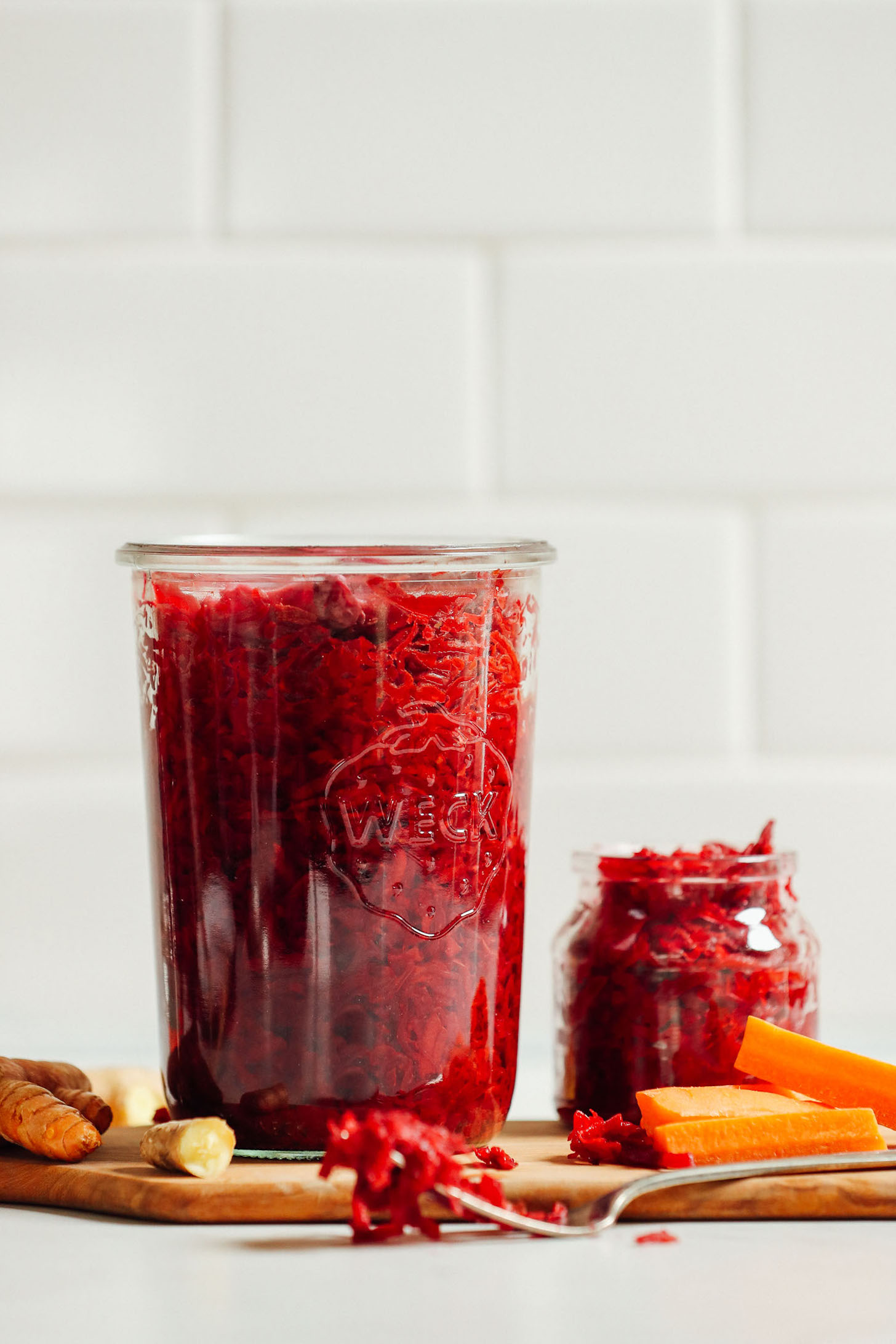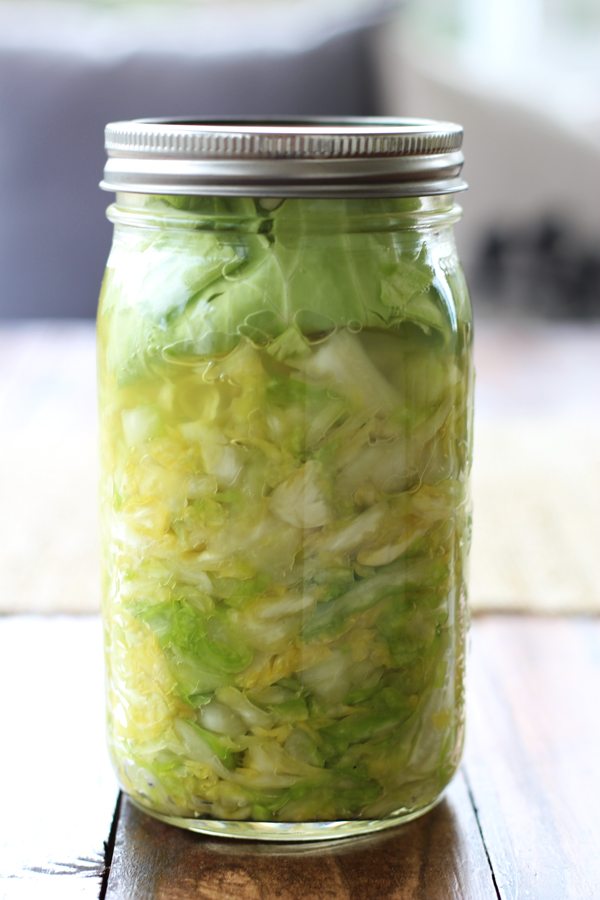
You should end up with a much reduced volume of cabbage sitting in its own brine. To make your own sauerkraut you will rely on the bacteria found on the cabbage leaves.

Next pound the cabbage for 5 to 10 minutes until it s dripping salty water then pack the cabbage and brine into a clean jar.
How do you make sauerkraut. To make traditional sauerkraut toss the shredded cabbage with salt massage the cabbage until it starts to feel wet and let it rest for 10 minutes. Next pound the cabbage for 5 to 10 minutes until it s dripping salty water then pack the cabbage and brine into a clean jar. Then cover the top of the jar and seal the lid tightly.
Layer the cabbage and the salt in the tub or bowl. Massage the salt into the cabbage for 5 mins wait 5 mins then repeat. You should end up with a much reduced volume of cabbage sitting in its own brine.
Mix in the caraway seeds and the peppercorns. To make traditional sauerkraut all you need is cabbage and salt. However if you want to amp up the flavor a bit you can add additional ingredients.
Josh recommends apple onion and caraway. These flavors work really well with german dishes. Place it on top of the packed down cabbage.
Place a weight on top of the cabbage to ensure that it stays under the brine. If the brine doesn t completely cover the cabbage and weight top off with a 2 solution of salt water 1 teaspoon salt per cup of water. Screw a plastic lid onto the jar.
To make brine combine 4 1 2 teaspoons canning salt per 1 quart of water in a saucepan. Bring to a boil until salt is dissolved. Cool brine before adding to crock.
Place crock weight over cabbage. The weight should be submerged in the brine. Depending on how long you like your cabbage ribbons you can halve each quarter again for shorter strands in a large mixing bowl sprinkle the salt on top of the cabbage.
Massage the salt into the leaves with your hands for about 5 minutes until leaves are beginning to feel wilted and watery. To make your own sauerkraut you will rely on the bacteria found on the cabbage leaves. The salt draws out the water kills off the spoilage bacteria and fermentation begins.
You will need a salt concentration between 0 6 and 2 percent which equals 3 4 to 2 teaspoons of table salt per pound of prepared cabbage. Rinse the cabbage again in cool water and place on cutting board. Using a large knife quarter the cabbage and remove the core.
Thinly slice the cabbage with a knife or mandoline slicer then transfer cabbage to a large bowl. Add 1 teaspoon of the salt and with your hands massage it into the cabbage.